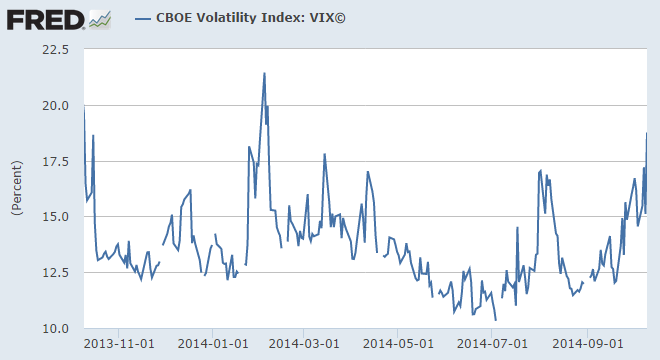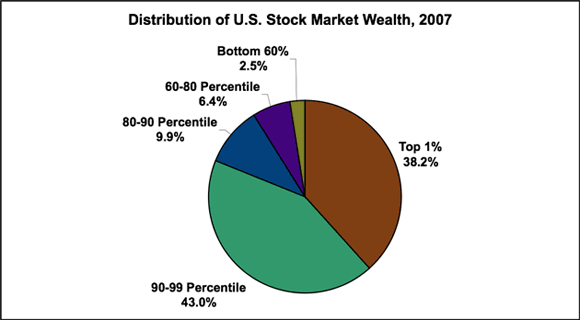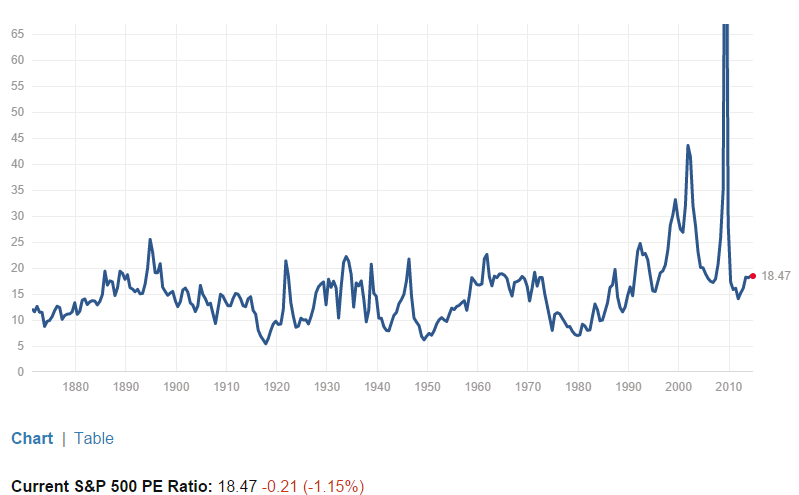The stock market is finally recognizing severe global volatility: Stock market has worst performance in two years.
- 0 Comments
Volatility in the market came roaring back this week. Stocks had their worst weekly performance in two years. It was hard to understand given the interconnected nature of the markets how little of an impact was being had in US stocks when global markets and governments are facing dramatic challenges. The markets are slowly coming to the realization that the Federal Reserve simply does not have all the answers to every crisis that arises. A low interest rate is not going to stall geo-political risk or the spread of infectious diseases. There are more complicated forces at work here especially when the biggest consumer economy in the US is seeing those exact consumers lose purchasing power with inflation. There wasn’t any significant news that set the markets off this week aside from trends that have been ongoing for some time now. It just appears that the markets are reflecting a more realistic position of what is happening around the world.
Volatility is back
One of the most surprising things in this historic stock rally going back to 2009 is that there has been relatively low volatility. It has been one giant bounce from the bottom. That is atypical in many recoveries especially after a crisis like the Great Recession. The world has become a very complicated place with risk running wild in many areas. It looks like volatility is now being recognized once again:
Those participating in the markets, not your average worker, are much more disconnected from the micro economic trends that impact those working citizens in many countries around the world. If we look at Europe, they continued to be mired in heavy unemployment and slow growth. Our battle is with stagnant wages and a growing number of those simply not participating in the labor force.
Yet it is important to note that many simply do not own stocks.
Many don’t own stocks
Most realize there are heavy crosscurrents hitting our economy at a structural level. The middle class is shrinking. Benefits are declining. The ability to purchase a home is getting tougher. Debt is the new way of buying items for working Americans, not savings. These have major impacts on where things go.
But even in the US, the wealthiest nation, many Americans simply do not own stocks:
80 percent of all stock wealth is held with the top 10 percent of the population. So most people have very little at play when it comes to owing stocks. When you see a selloff as we did last week, bigger hands are viewing something significant in the markets.
It also creates a disenfranchisement by the public with the economy since their voices are simply not being heard. Stocks overall are valued too high:
Even looking at conservative pricing models, the S&P 500 is overvalued by 20 percent. Unless earnings can justify higher prices, it is reasonable to expect a correction given the 200 plus percent run in the stock market. At a certain point, something will need to give. It seems like this past week at least, the market is starting to realize that there are many unknowns in the world economy ahead. Markets abhor information vacuums and that is exactly what we have.
If you enjoyed this post click here to subscribe to a complete feed and stay up to date with today’s challenging market!



 If you enjoyed this post click here to subscribe to a complete feed and stay up to date with today’s challenging market!Â
If you enjoyed this post click here to subscribe to a complete feed and stay up to date with today’s challenging market!Â